It is the modern world, and no more innovations are evaluated by their appearance and rudimentary functionality. Rather, they are known in terms of the meaning that they have in enhancing lives, addressing real issues, and generating long-term effects. The change is symbolic of Design by Purpose – the philosophy that transcends only superficial design aesthetics and explores the inner human values.
Traditional design tended to point to either beauty, efficiency or usability. Although these aspects are still significant, contemporary consumers and companies are in need of something bigger: of authenticity, sustainability, and intentional innovation. The shift from traditional to purpose-driven design is a sign of cultural, social and economic change. It brings forward a fact that rings through the industries: when products, services or spaces are designed with intent, they do not just generate utility but a long-lasting sense of emotion.
The blog discusses how design by purpose is changing the industries, innovation and creating a pathway to a future where design is led by meaning and responsibility instead of just form.
What is purpose-driven design?
Design by purpose or purpose-driven design, may be defined as designing products, services, or experiences with a purpose in mind that is orientated towards the values, objectives or needs of the society. Not the question of how something appears but why it exists and what the problem is that it attempts to solve.
Purpose-driven design also has a meaning rather than just form and functionality, unlike traditional design that tends to focus on form and function. For example:
• Technological products such as smartphones that incorporate features that allow people with disabilities to access them.
• Green packaging that is made to minimise waste and safeguard goods.
• Building that focuses on energy economy and comfort of the users.
The most important distinction is intent: design to look good will serve short-term requirements, whereas design to make a difference will be relevant and effective over time.
The Design of Purpose.
The purpose is the force that binds the users to design on a higher level. It turns the passive consumers into the ardent promoters since they feel that their values have found their representation in the product or service.
People-centred thinking: Driven by empathy:Purposeful design starts with empathetic knowledge of actual human problems and wishes. Inclusive digital platforms that take into account elderly people or non-native speakers can be used as an example, and they have empathy at their heart.
Trust and loyalty: Once individuals understand that a design was produced with integrity and purpose, they stand a chance of trusting the brand who stands behind the design. Authenticity breeds feelings of attachment that endure even after one purchase.
At a time when consumers are able to recognise superficial marketing at a glance, genuine purpose is what can be seen as the real differentiator.
The Connection between Purpose and Innovation.
Purpose-driven design is not only about values, but also innovation is forcefully driven by it. The process of posing a question such as 'why' allows designers and businesses to open up to new possibilities that advance creative problem-solving.
• Apple also incorporates accessibility features in all its products, making them inclusive yet not compromising the smooth design.
• Tesla was able to transform the automotive sector with a sense of sustainability and renewable energy rather than only speed and luxury.
• IKEA encourages low prices but is integrated with sustainability in the materials and production processes.
• Patagonia prioritises the environmental aspect in its designing decisions, even going to the extent of inviting customers to mend up items instead of purchasing new products.
The following illustrations indicate that design by purpose creates breakthrough innovations that transform industries and influence others.
Designing Sustainably and Socially.
Naturally, purpose-driven design is similar to sustainability and social good. In the modern world, companies are supposed to generate not only profits but also something positive for society.
Environmentally conscious design: The companies that show how intent can serve as an environmental steward include those involved in using biodegradable packaging or producing energy-efficient products.
Inclusivity: Designing with inclusivity in mind can be as simple as city planning that accommodates wheelchairs or apps that are visually impaired friendly so that everyone has access to innovation.
Case study: Imagine the way that Unilever repackaged its products to minimise the use of plastic products. This not only expanded sustainability, but it also appealed to the environmentally conscious consumers.
Design may create a more equitable and responsible world by creating purpose.
Intentional Design in Business and Branding.
Purpose-driven design is not just a creative methodology in business; it is a competitive edge.
Leading in markets: Brands that are purpose-driven capture the attention in crowded markets. When the brand is according to the values of the customers, they are more likely to prefer it.
Storytelling: It is best conveyed in the form of stories. As an example, TOMS Shoes tells how each purchase will support a social cause, which goes to the emotions of the customers.
Sustainable development: The businesses that adopt design by purpose are not only popular but also more sustainable, since they resonate with the long-term trends in consumer demands and social requirements.
Purpose-driven design also helps businesses to be memorable by making them have values embedded in their DNA.
The Future of Design with Purpose.
In the future, design by purpose will keep on defining innovation in places that we are yet to discover.
AI and automation: The possibility of technology automating processes makes it straightforward, but the combination of technological advancement with its purpose is ethical and people-focused.
Minimalism and personalisation: Future design will be based on simplicity and highly personalised experiences, whereby functionality is matched with individuality.
Opportunities: Purpose can be leveraged by startups and existing businesses to tackle urgent problems, i.e. climate change, social inequality, and digital inclusivity.
Purpose will never be a choice anymore: it will become a benchmark of significant innovation.
Difficulties in the application of purpose-driven design.
Design by purpose is a challenging implementation, though inspirational.
Finding a balance between purpose and profit: It is not always an easy task to ensure that businesses stay afloat and invest in purposeful design.
Purpose washing: Not all companies use the language of purpose with the right intentions, and this makes consumers sceptical.
Recommendations: Consistency, transparency, and accountability are the only way to be truly successful. The brand must lead a purpose-driven life, rather than be sold.
A person needs temporal commitment and courage to overcome these challenges, but it is worth it.
Practicing Purpose-Driven Design.
To those businesses and designers who want to embrace design by purpose, here are useful steps:
State the why – Be clear on what you are working on, what the mission is, and what the values are.
Know Customer Requirements – Interaction with customers in terms of research, feedback and empathy.
Aligned to Values – Design to be based not just on user requirements but also ethical, social or environmental values.
Design for Impact – Consider the impact the outcome will have on people, communities and ecosystems.
Apply Tools and Frameworks – Human-centred design, design thinking, and systems thinking are models that can be used to structure the process.
These measures provide a plan of action to incorporate purpose into all design decisions.
Conclusion
The idea of purpose-driven design is not a fad that will end soon – it forms the foundation of new innovation in the future. With the emphasis on putting meaning, empathy, and responsibility at the centre, design by purpose empowers businesses and designers to transcend aesthetics, which provides answers that help foster trust and loyalty, as well as long-term expansion.
The firms and creators that put purpose first will not just make it through the transition to an industrial future but will also be at the front line of a new era of meaningful innovation. Whether
If they are a business or an entrepreneur or a creative, they need to welcome this change in order to be relevant and effective.
And to anyone interested in experimenting with meaningful change going forward, Pluto Planet can be a testament to how designing with a future vision can result in long-term value.
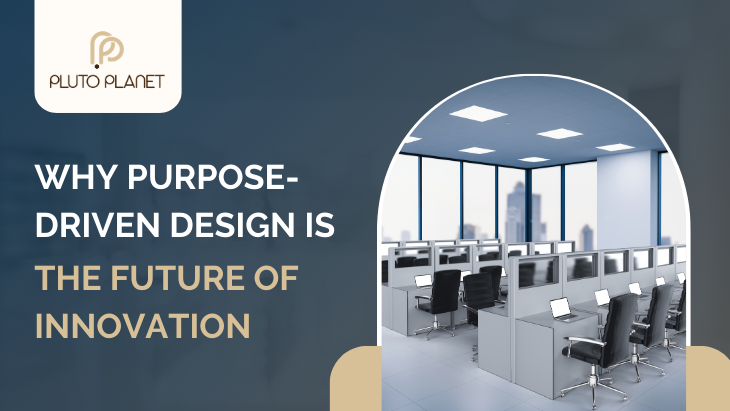



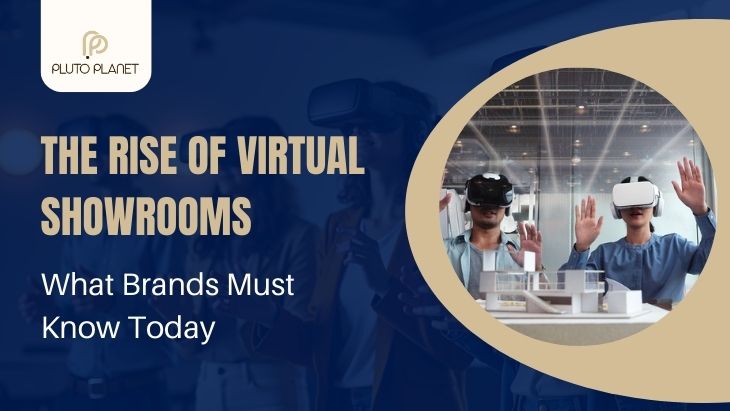
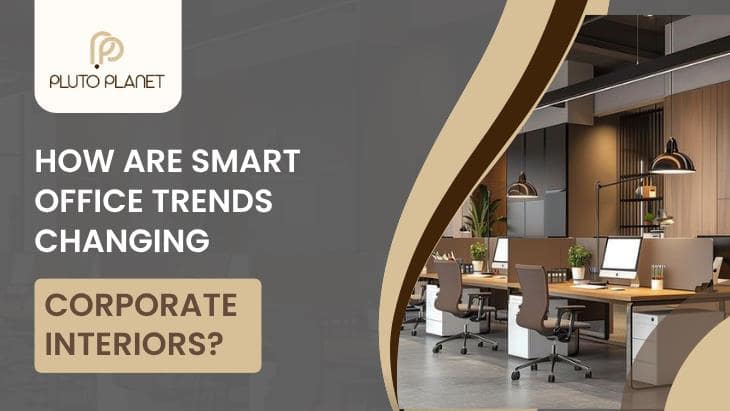
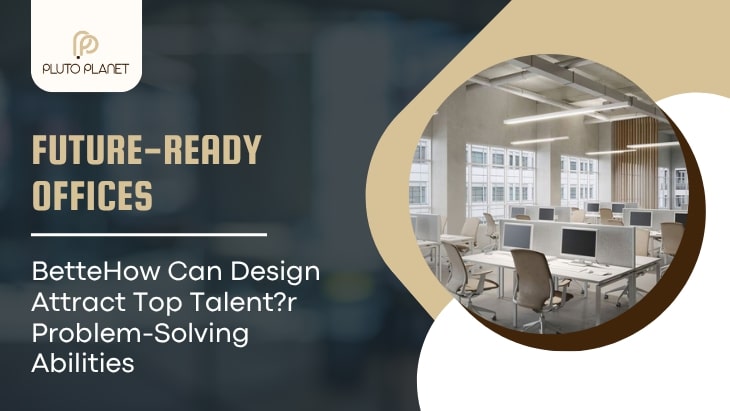
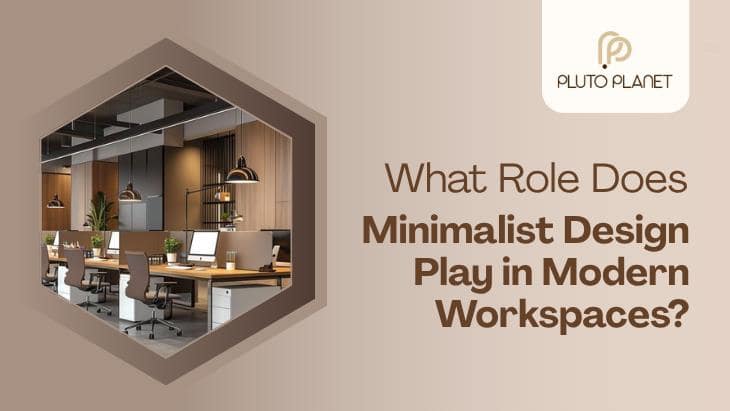

Leave a reply